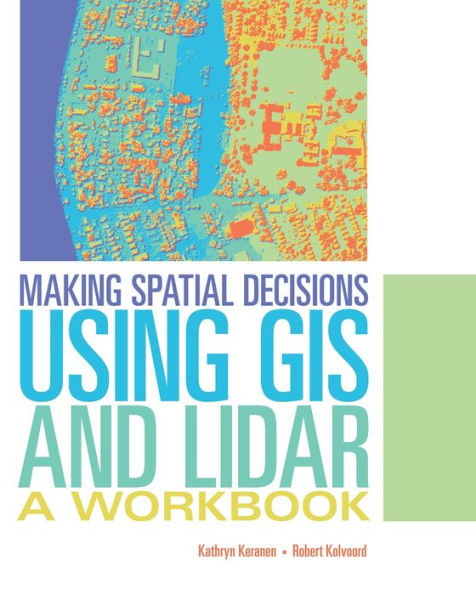5
1
9781589484290



Making Spatial Decisions Using GIS and Lidar: A Workbook / Edition 1 available in Paperback

Making Spatial Decisions Using GIS and Lidar: A Workbook / Edition 1
- ISBN-10:
- 1589484290
- ISBN-13:
- 9781589484290
- Pub. Date:
- 10/14/2015
- Publisher:
- Esri Press
- ISBN-10:
- 1589484290
- ISBN-13:
- 9781589484290
- Pub. Date:
- 10/14/2015
- Publisher:
- Esri Press

Making Spatial Decisions Using GIS and Lidar: A Workbook / Edition 1
$79.99
79.99
In Stock

Product Details
| ISBN-13: | 9781589484290 |
|---|---|
| Publisher: | Esri Press |
| Publication date: | 10/14/2015 |
| Series: | Making Spatial Decisions , #3 |
| Edition description: | Workbook |
| Pages: | 264 |
| Sales rank: | 1,079,612 |
| Product dimensions: | 10.00(w) x 8.00(h) x (d) |
About the Author
From the B&N Reads Blog

